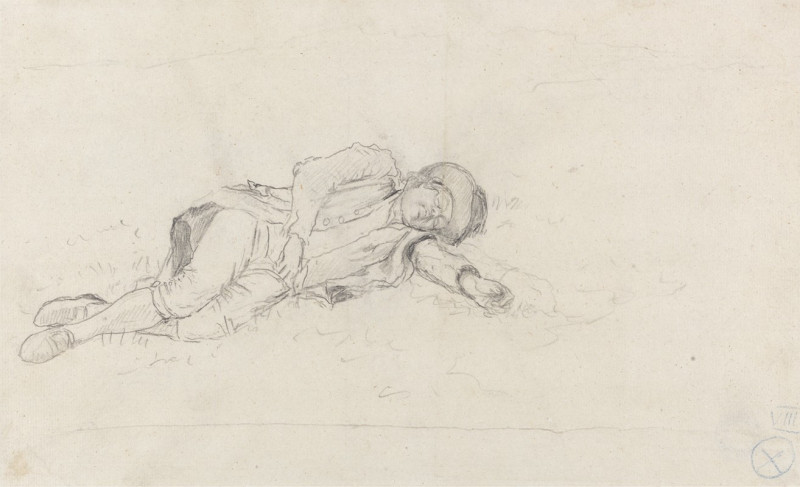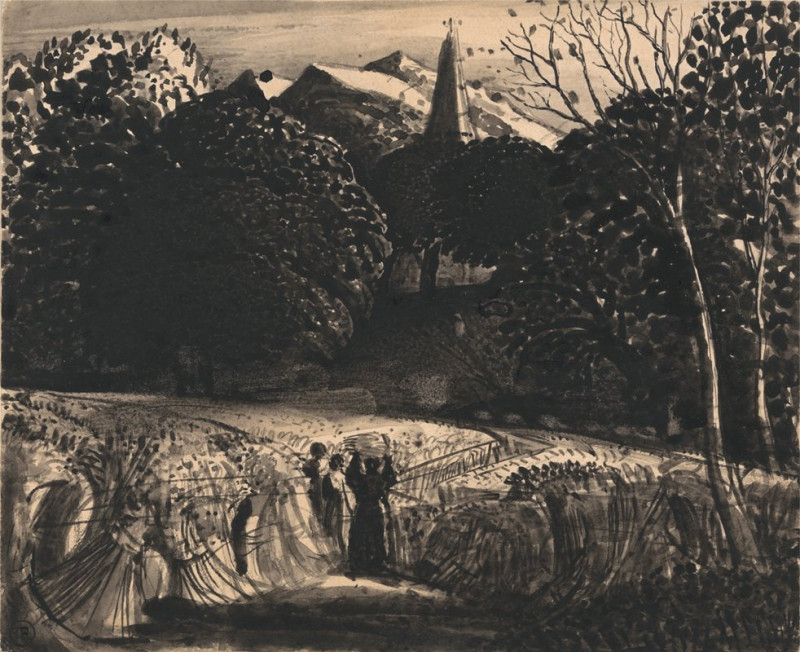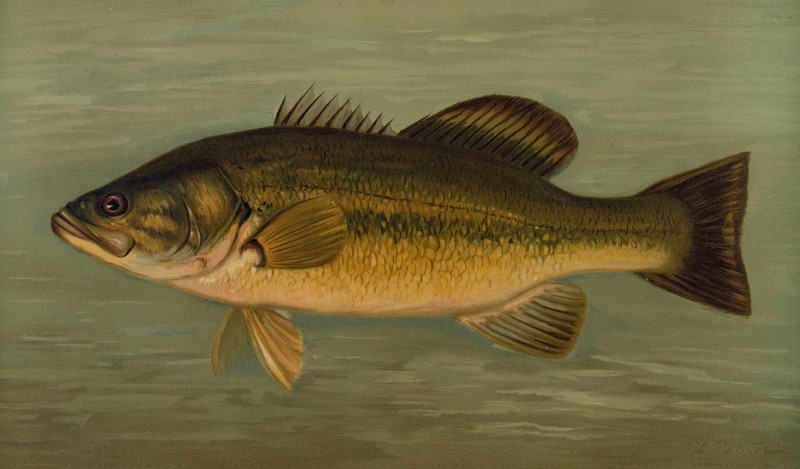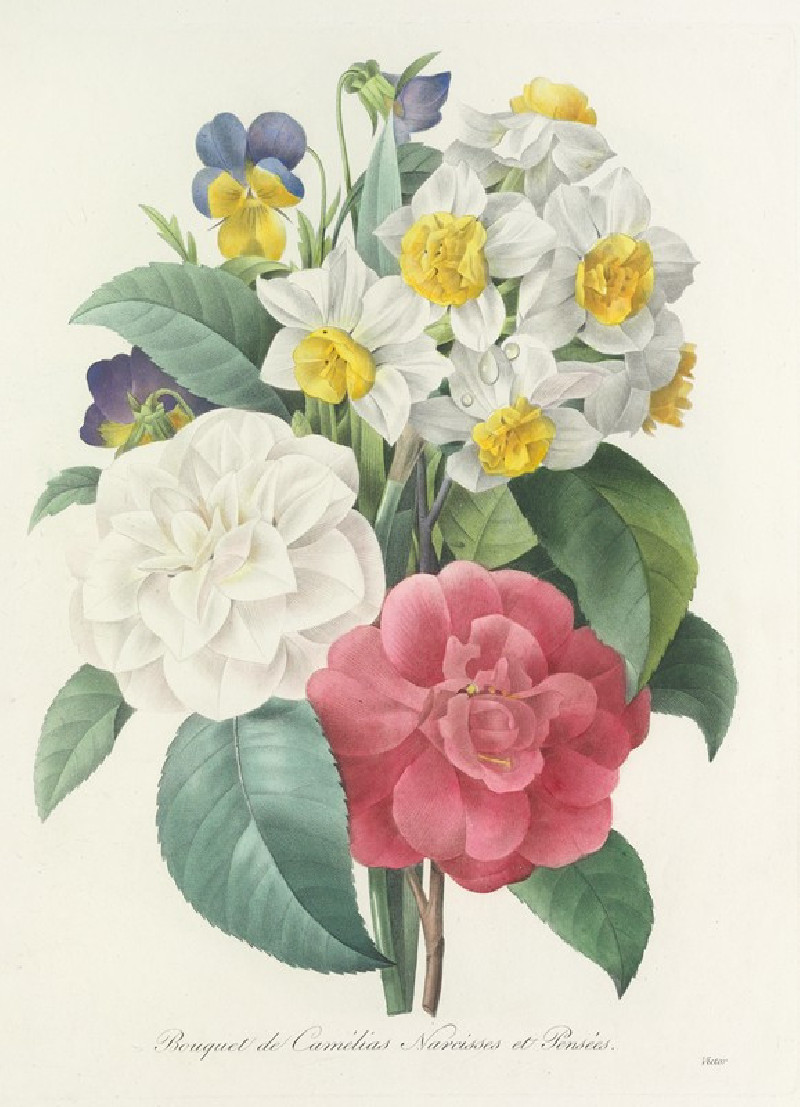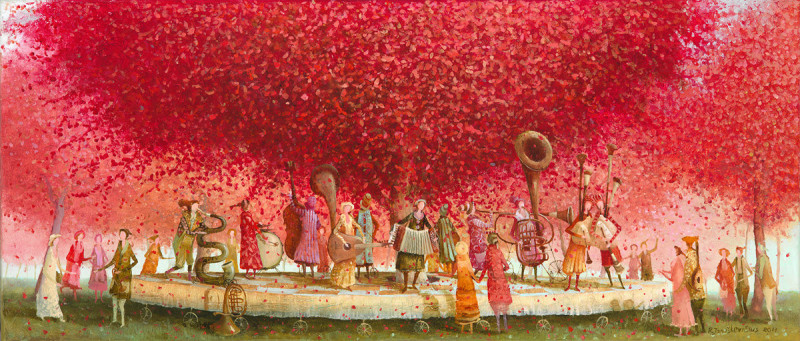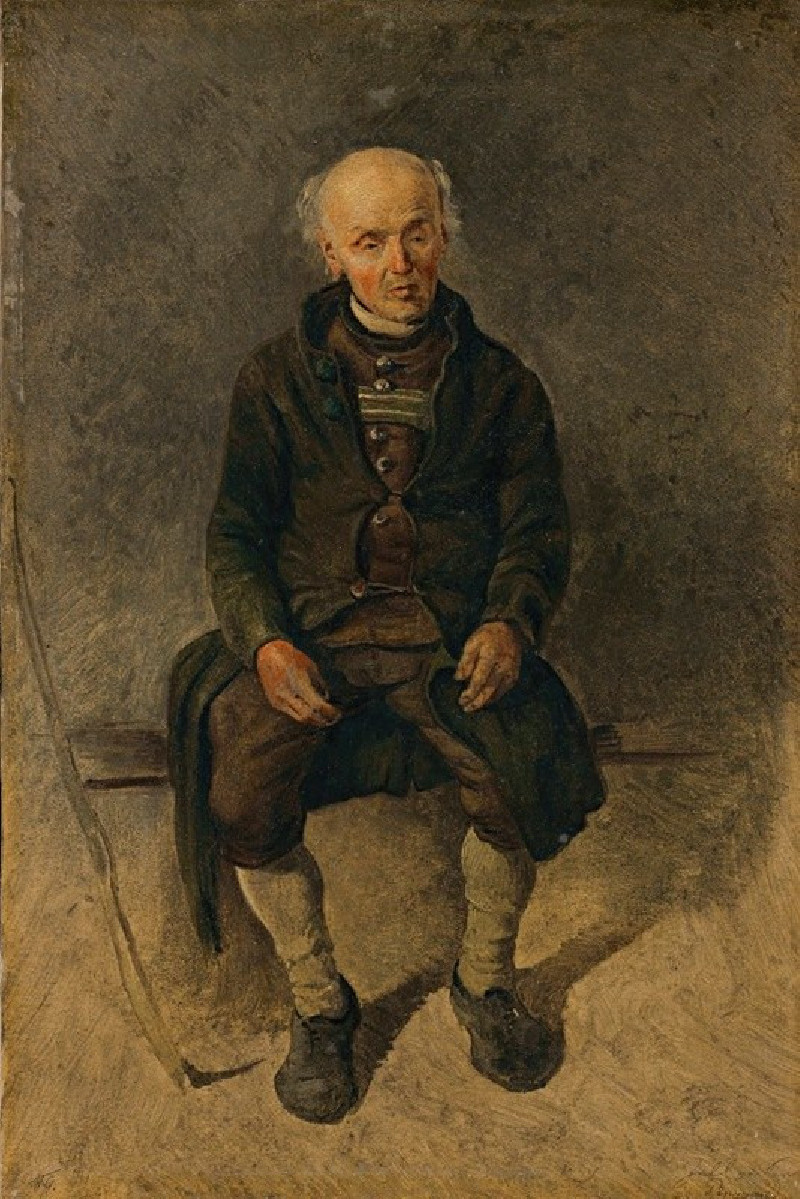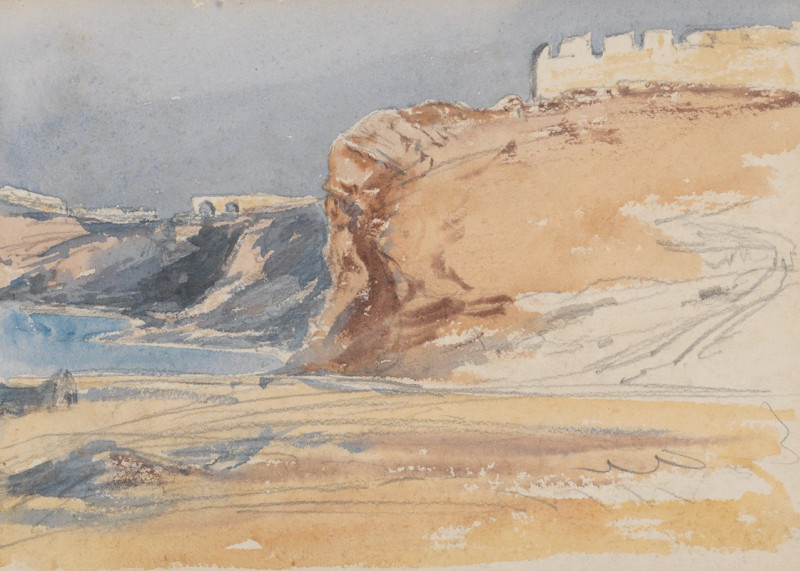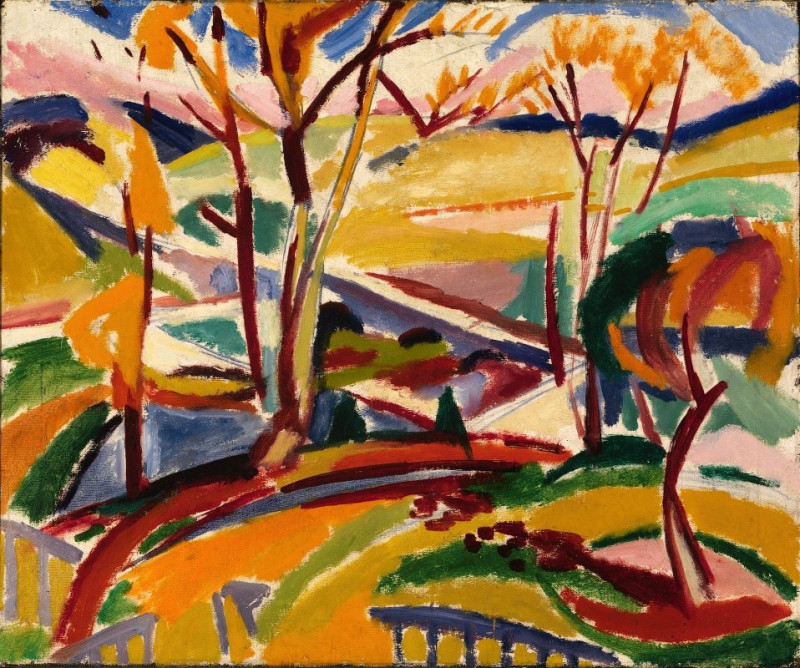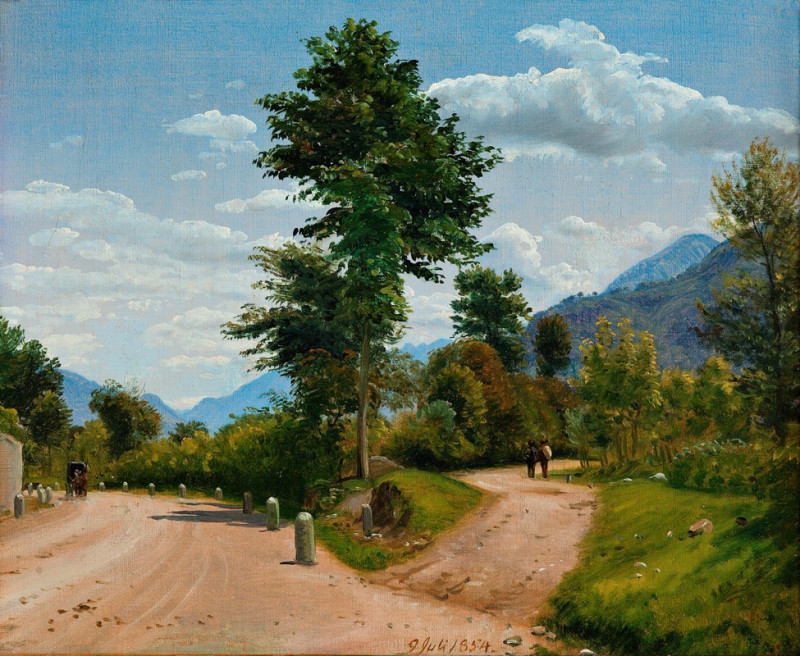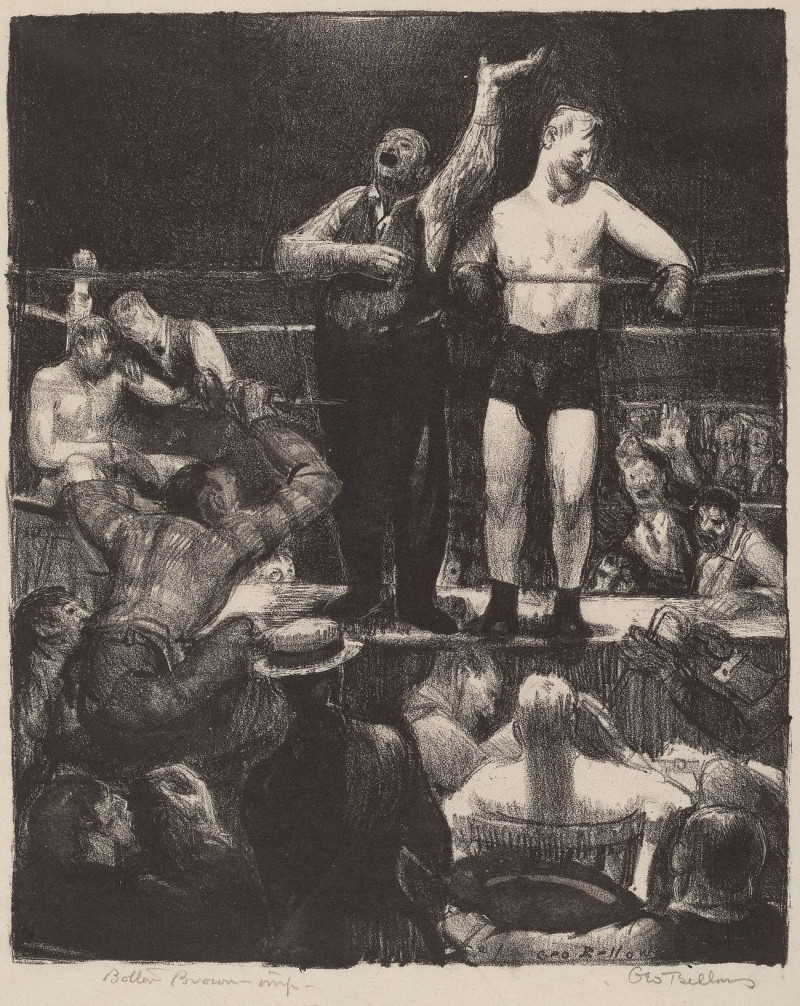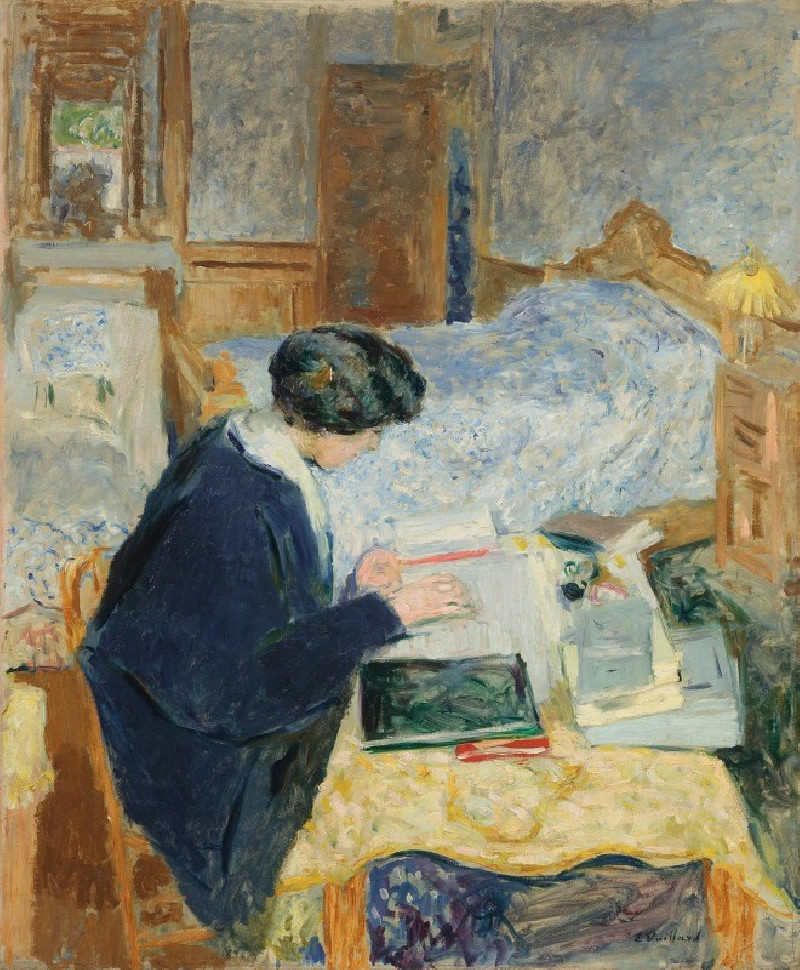Princess Elizabeth and Princess Anne. Daughters Of Charles I
Technique: Giclée quality print
Recommended by our customers
More about this artwork
"Princess Elizabeth and Princess Anne: Daughters of Charles I" is a tender and intimate portrayal by Anthony van Dyck, a master of Baroque art. This painting captures sublime subtlety and depth, showcasing two young royal siblings in a moment of simple, familial connection.The artwork features Princess Elizabeth, the elder sister, gazing affectionately at her baby sister, Princess Anne. Both are adorned in simple yet elegant attire, with delicate pearls and finely crafted bonnets emphasizing their nobility. Van Dyck's skillful use of soft, subdued tones and gentle brushstrokes enhances the painting's ethereal quality, drawing the viewer into this fleeting slice of royal childhood.Situated against a muted background, the focus is intensely on the interaction between the sisters, highlighting Van Dyck's ability to capture both the physical likeness and the emotional essence of his subjects.
Delivery
Returns
Sir Anthony van Dyck (1599 – 1641) was a Flemish Baroque artist who became the leading court painter in England after success in the Spanish Netherlands and Italy.
The seventh child of Frans van Dyck, a wealthy Antwerp silk merchant, Anthony painted from an early age. He was successful as an independent painter in his late teens, and became a master in the Antwerp guild in 1618. By this time he was working in the studio of the leading northern painter of the day, Peter Paul Rubens, who became a major influence on his work.































